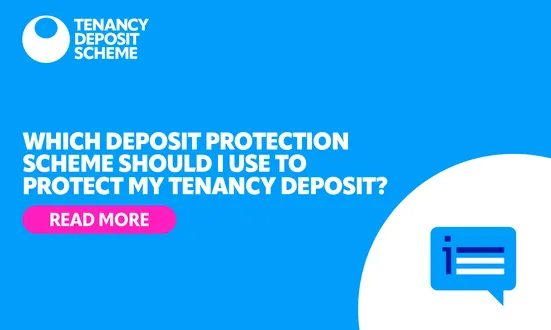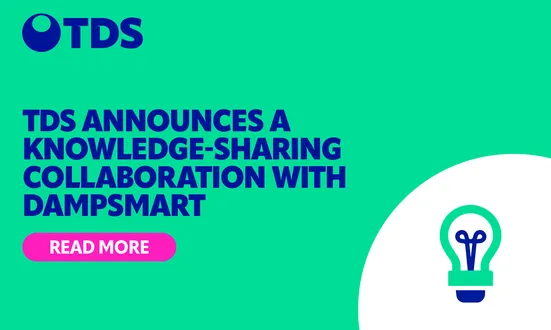Dealing with customer conflict is inevitable for property agents, so the Head of Property Agency and Property Law Division for MOL, Paul Jager, explores the most effective ways to manage these tricky situations in person.
In our industry, you’re often dealing with the most expensive asset a customer will ever have: their property. When things don’t go according to plan, this can lead to tension, raised voices and aggressive body language from customers.
The only goal when seeking a resolution to conflict should be a win-win situation that leaves both parties with a positive outcome. An unhappy customer is an unhappy advocate who may actively dissuade friends and family from using your service.
To resolve conflict in a way that leaves everyone happy, we need to focus on three key, interlinked elements:
- How we think about the conflict
- The actions we take
- The words we use
Roger Fisher and William Ury nailed the thought process you need to consider for conflict resolution in their Interest-Based Relational Approach. Here’s a quick break-down:
- Keeping good relationships – respect the other person’s view, even if you don’t agree with it. Try and put yourself in their shoes and see it from their point of view.
- Separate people from problems – a customer with a problem isn’t a bad person; they just need to resolve an issue. Avoid taking things personally and you’ll stop emotions unnecessarily escalating the problem.
- Listen carefully – stay focused, as it could give you clues to a solution.
- Listen more than talking – we have two ears and one mouth because we’re meant to listen twice as much as we talk!
- Seek facts – don’t assume anything.
- Explore options together – it takes both you and the customer to find a win-win situation.
This thought process can inform your actions. Here’s a 10-step guide featuring suggested actions to follow the positive start you’ve made:
- Defuse the situation – find somewhere quiet to give them your full attention and demonstrate respect for their problem. This prevents other customers in the office being affected by the situation. Both of you should sit at eye level to avoid either party having dominance.
- Identify – ask the customer to explain their issue. Remember to listen and not interrupt. Sometimes a problem can disappear when the customer simply explains it. Ask permission to take notes, as this demonstrates the importance you place on what they’re saying.
- Clarify – if the customer has said something you don’t understand, then don’t be afraid to ask for clarification. You can’t hope to resolve a problem without fully understanding all aspects.
- Review – repeat the main points of a customer’s problem to ensure you’ve genuinely understood and haven’t missed anything. Hearing it from someone else other than themselves might lead to them deciding it sounds less serious than they first thought and isn’t worth pursuing.
- Apologise – if appropriate, then apologise to the customer, but don’t allocate or admit blame at this stage.
- Investigate – propose positive action and give timescales. If the problem is complex, then resist making an instant decision at this initial meeting.
- Offer a solution – once the matter has been investigated, then provide the customer with a solution.
- Negotiate – if the solution you’ve offered doesn’t satisfy the customer, then this is the time to negotiate and find common ground that keeps you both happy.
- Resolve – hopefully resolution will be found.
- Confirm – return to the customer after a week. They won’t be expecting you to do this and it’ll be a nice surprise to see that you care enough to ensure they’re still happy with the situation.
Dealing with customer conflict isn’t easy. It takes practice and you won’t be successful every time, but it’s a skill worth cultivating. These ideas are a good start, but I encourage you to study further, because customer conflict is never far from our daily working lives and we need to be ready for it.
About the author
Paul Jager is the Head of Property Agency and Property Law Division for MOL with more than 30 years’ experience in the property industry.
About MOL
MOL is a leading provider of professional development, offering flexible and online learning solutions to over 5,000 students a year. It operates nationally, providing qualifications in human resources, learning and development, leadership and management, property, conveyancing, facilities management, electrical and construction materials.
TDS, in partnership with the awarding body Propertymark and the professional training provider MOL, have developed the Level 3 Propertymark Award qualification in Residential Tenancy Deposits.
About TDS:
Tenancy Deposit Scheme (TDS) is a government approved scheme for the protection of tenancy deposits; TDS offers both Insured and Custodial protection and also provides fair adjudication for disputes that arise over the tenancy deposits that we protect.
We provide invaluable training in tenancy deposit protection and disputes for agents and landlords through the TDS Academy as well as joining with MOL to provide the Level 3 Propertymark Award in Residential Tenancy Deposits.
TDS Insured Scheme: where a TDS member can hold the tenancy deposits as stakeholder during the term of the tenancy.
TDS Custodial Scheme: where TDS hold the deposit for the duration of the tenancy.
TDS Academy: TDS provides property professionals with invaluable training in tenancy deposit protection and tenancy deposit disputes.
TDS can only comment on the process for our scheme, other deposit protection schemes may have a different process/require different steps. Content is correct at the time of writing.
These views are those of the author alone and do not necessarily reflect the view of TDS, its officers and employees.
Other news stories


